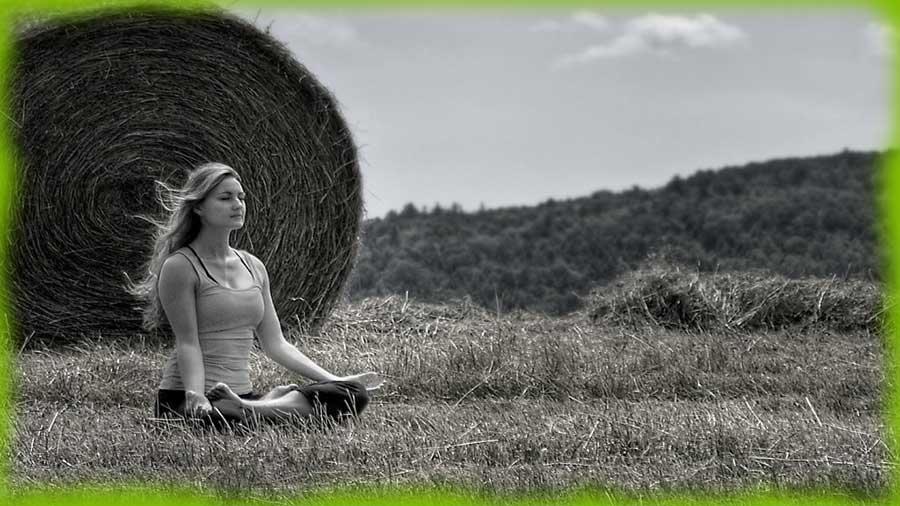Table of Contents
What is Kumbhaka Pranayama – Its Steps & Benefits
The term Kumbhaka comes from the Sanskrit word Kumbha, meaning “pot” or “vessel”; whereas Pranayama in Sanskrit is made from – “prana”, which refers to life force energy; and “ayama”, which means “control.” Kumbhaka pranayama is a breathing exercise in which the breath is retained or held after either inhalation or exhalation.
Kumbhaka Types
Kumbhaka is of three types
Bahir(Bahya) Kumbhaka
Bahir Kumbhaka is the retention of breath at the end of expiration.
Antar Kumbhaka
Antar Kumbhaka is the retention of the breath after the inspiration of air.
Kevala Kumbhaka
Kevala Kumbhaka implies holding the breath with no particular state of respiration in consideration. It is one of the final stages of yoga parallel with the state of samadhi.
Kumbhaka Pranayama Steps
- Sit in Padmasana or Siddhasana or in any other meditative posture with the spine erect.
- If not possible to sit on the floor, sit on a chair with an erect backrest.
- Keep your eyes closed.
- Make a short exhalation and then start inhaling slowly and rhythmically in one smooth inhalation.
- Continue inhaling until a sense of fullness is experienced in the chest.
- Retain the inhaled air for a period of preferably double the period of inhalation.
- This is Antar Kumbhak.
- Ensure that your facial muscles are relaxed and the nose is unconstricted.
- Now exhale as naturally as possible – gradually, avoiding any jerk or exhalation in a hurry.
- After having exhaled fully, again hold your breath outside.
- You can hold it according to your capacity initially.
- This outside retention of breath is called Bahya Kumbhak.
- Take a few normal breaths and relax.
Kumbhaka Pranayama Benefits
- This Pranayama purifies the entire respiratory system, and it also cleanses the residual air or dead space air and alveolar air.
- It has a favorable effect on intra-thoracic and intra-pulmonary air pressures.
- Kumbhaka Pranayama increases lung capacity.
- Its practice results in better oxygenation which further improves health and results in higher concentration.
- An increase in carbon dioxide level due to retention of breath activates the respiratory center in the brain leading to greater interchange of oxygen.
- Better ventilation of air happens through the practice of Kumbhaka Pranayama.
Bahya Kumbhaka Pranayama Benefits
During Bahya Kumbhaka, which is the retention of breath, no new air enters the lungs, so no more oxygenation takes place. This causes oxygen tension in the blood to get reduced. The brain is most sensitive to this lowered oxygen tension, as its needs for oxygen are the greatest. If the quality of the blood is below par, the brain tries to get more blood in quantity. Most of the capillaries in the brain and even elsewhere in the body are either lying dormant in a collapsed state or are closed. In order to receive a greater quantity of blood, these capillaries are opened up and the circulation improves. The action is more profound in the brain.
Also, read –
Benefits Of Slow And Deep Breathing & The Breathing Capacity Of A Person
Abdominal ( Diaphragmatic breathing ) – Thoracic breathing – Clavicular breathing

